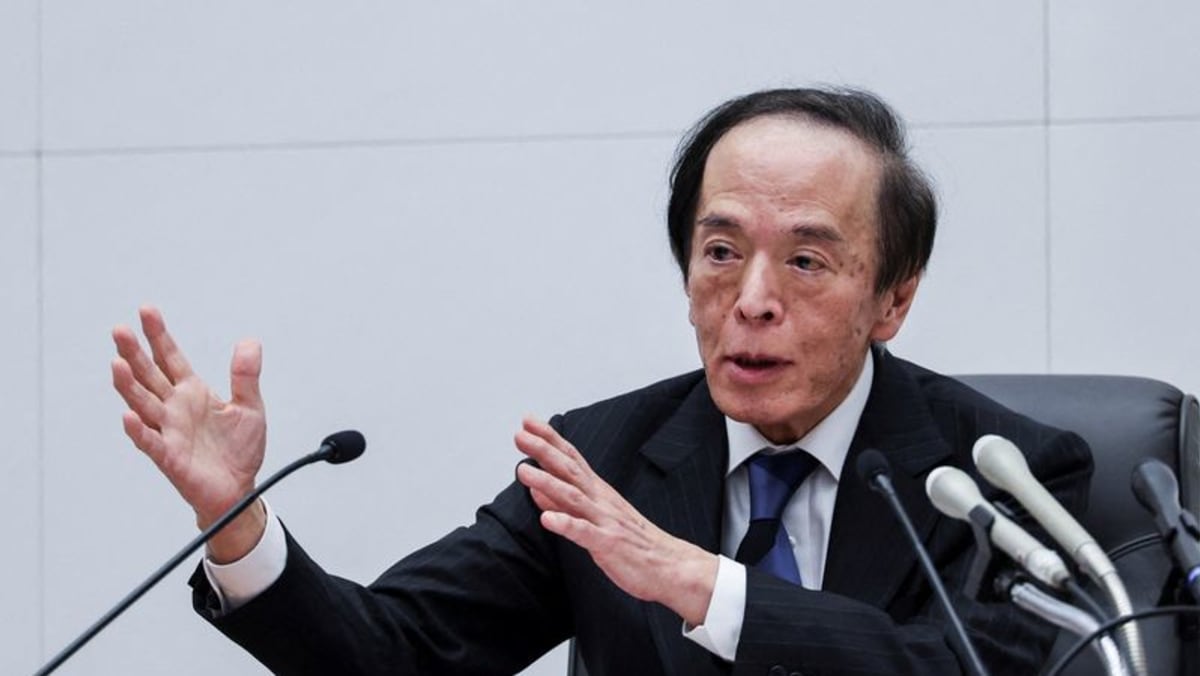The curious case of Trump's disappearing media transcripts

CNN —
The Trump White House, which touts itself as “the most transparent” administration in history, has removed a database of official transcripts documenting President Donald Trump’s announcements and appearances.
The “remarks” section of the White House website now features YouTube videos rather than the transcripts that past administrations have published for decades.
The change is yet another example of the Trump administration trying to exert more control. Rather than printing every transcript, thus creating a comprehensive record for the public, the White House is selectively publicizing some events and skipping others.
The selection of “remarks” videos is noticeably incomplete, as it includes fewer than 50 Trump videos from the first 120 days of his second term.
The White House publishes a much greater number of videos on YouTube, including highly partisan attacks and propagandistic mashups.
HuffPost senior White House correspondent S.V. Date, who observed that the administration was cutting back on Trump transcripts earlier this spring, wrote last week that the White House was “excluding many of his most unhinged comments” from its website. In response, White House communications director Steven Cheung told Date to “stop beclowning yourself.”
Now the transcripts have been removed altogether, with one exception: Trump’s inaugural address. Stenographers employed by the government still record and transcribe all of Trump’s remarks, including his interactions with the media. Those records just aren’t being posted.
The YouTube videos are not a complete replacement because some of Trump’s remarks are not archived in video form, either.
Other records typically published by previous administrations, like White House press briefing transcripts, have also been omitted in recent months. The website currently only includes the transcript of press secretary Karoline Leavitt’s very first briefing in January.
The transcript purge impacts journalists and researchers more than the average taxpayer. However, searchable, text-based records of a president’s words are inherently valuable for holding an administration to account.
Joe Biden’s White House understood that when it got caught attempting to alter the transcript of his “garbage” remarks about Trump supporters, despite official stenographer concerns.
And so the disappearing Trump transcripts are revealing in terms of the administration’s priorities — and what Leavitt means when she touts “transparency.”
Perhaps “visibility” is the more accurate word. The Trump White House is certainly visible, often prioritizing videos and photos over the written word.
While Trump’s bombastic and improvisational speaking style demands heavy scrutiny and fact-checking, he often seems to care far more about images — specifically those of strength and dominance.
In response to a CNN request for comment about the website change, Leavitt said, “The president’s remarks are live on the website for every person in the world, including journalists, to access and watch for themselves. The Trump White House is the most transparent in history.”
The White House does, indeed, live stream Trump’s remarks. But the transcript purge is still quite telling. And it makes the existence of outside databases, like Roll Call’s Factba.se, all the more valuable.
“The move certainly underscores the reason to have a free and independent record of the president’s statements and responses,” Factba.se founder and developer Bill Frischling told CNN.
It also highlights Trump’s disregard for White House staff stenographers, a dynamic that former stenographer Beck Dorey-Stein described in a 2018 op-ed for The New York Times.
“Mr. Trump likes to call anyone who disagrees with him ‘fake news,’” Dorey-Stein wrote. “But if he’s really the victim of so much inaccurate reporting, why is he so averse to having the facts recorded and transcribed?”










